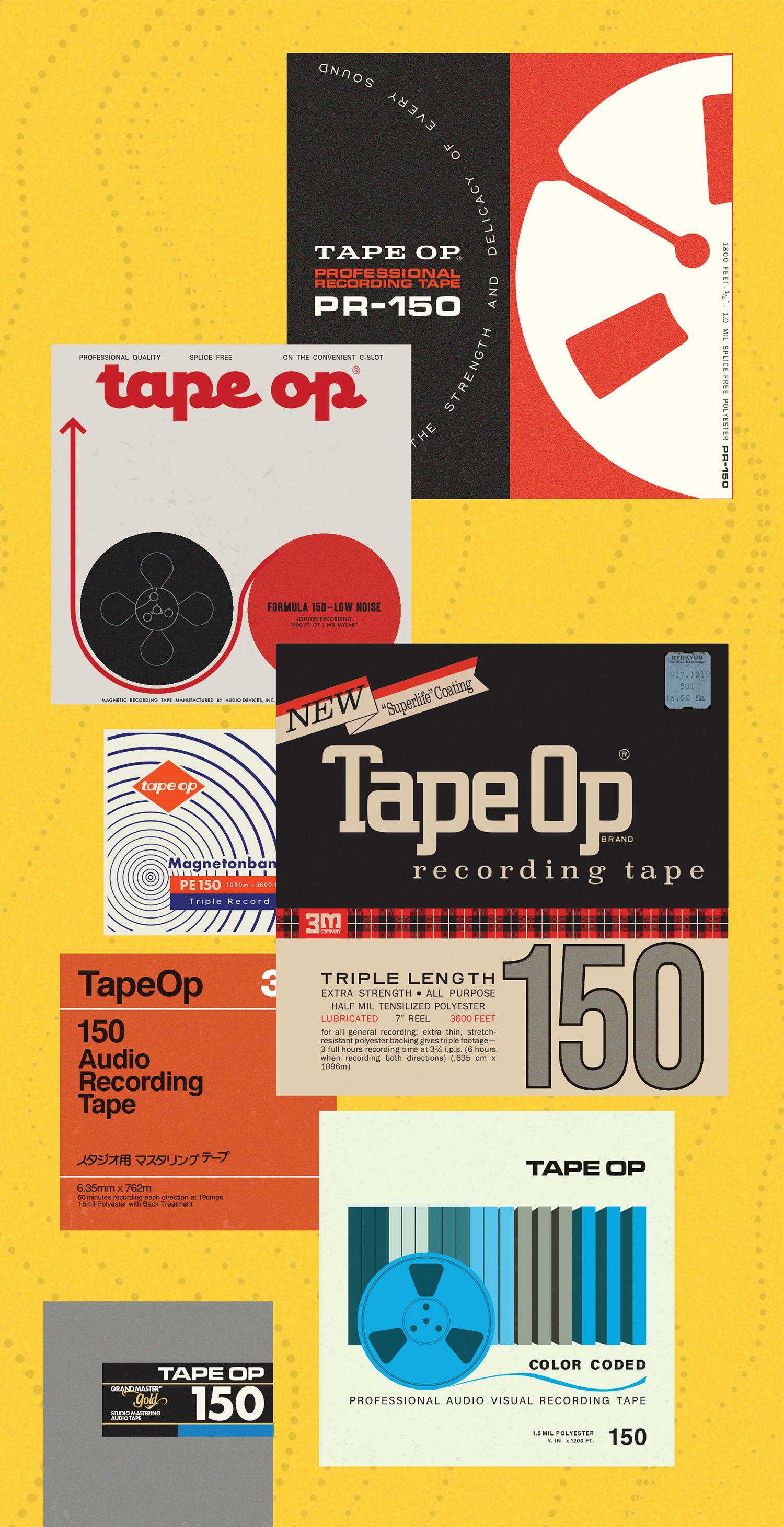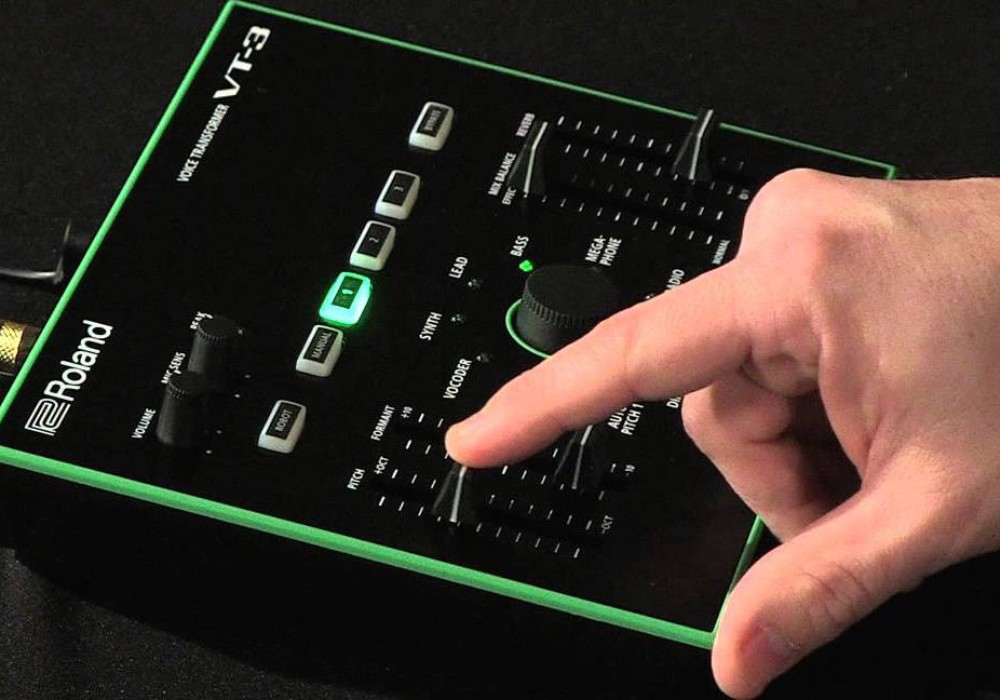In our world of recording gear, there are plenty of “classics” when one thinks of compressors, mic preamps, or microphones. However, one particular piece of gear that usually isn’t at the top of anyone’s list of classics is a de-esser – an excellent utility piece of equipment, but probably not something most recordists rank high on their list of desert island gear. In the ‘80s and ‘90s, before API’s 500 Series racks became as ubiquitous as they are today, dbx had its own proprietary, modular system: the F-900A rack. One of the modules available for this rack was the 902 De-Esser; if there was ever a true Classic with a capital “C” in the land of de-essers, this was it. It was a fast-responding, smooth-sounding de-esser that needed only two knobs to work its magic.
The F-900 Series rack and modules have long since been discontinued, but dbx has brought the 902 back as a 500 Series module, now dubbed the 520. Rather than try to update or fix what ain’t broke, the 520 has identical controls and functions as the 902. There are two buttons, one to enable or bypass the process and a second to switch to HF Only (processing high frequencies only). The first knob is Frequency, used for setting the center frequency where the 520 splits its processing between low and high frequencies – this ranges from 800 Hz to 8 kHz. The second is a Range knob to set how much or little of the de-essing is needed; this goes from 0 to 20 dB with a Norm(al) range marked between approximately 4 to 6 dB. This can be an excellent place to start, and it’s quite likely you may never need to move the control out of this area. A ten LED meter also shows gain reduction up to 20 dB.
That’s it! There is nothing extraneous to the unit, and it does exactly what it says on the tin, but it does it in such a musical and non-heavy-handed way that you’ll wonder how you could have lived without it. Lighting up just a few of the LEDs on the meter provides a perfectly smooth and transparent amount of de-essing when tracking. I like using the 520 before a compressor when tracking vocals, so the sharpness of the sibilance doesn’t accidentally excite the compressor’s detector – leaving headroom for the compressor to do what it does best.
In HF mode, turning the Range knob fully up and then sweeping the Frequency knob can help zero in on string squeaks on acoustic guitars, or find offensive hi-hat bleed tone on a snare mic. Then, simply back off the Range knob until the nasty sounds are gone, and you’re left with more of the good and less of the bad!
De-essers can be incredible utilities that often get overlooked. The dbx 520 has a street price of around $200. If there’s an open slot in your 500 Series rack, this is almost an impulse buy, and you would then have an incredibly useful tool on hand for tracking or any situation that might arise where you don’t want to wait and rely on fixing it in the mix. Highly recommended!





_disp_horizontal_bw.jpg)